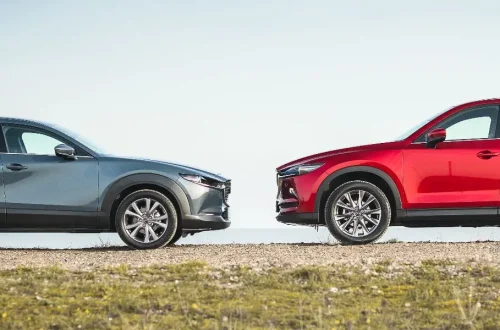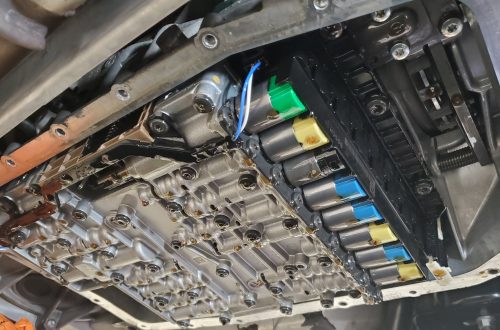The electric vehicle (EV) market is rapidly evolving, with battery technology at its core. Two names frequently surface in this discussion: Tesla, with its proprietary battery packs, and Franklin, an intriguing entrant often associated with advanced battery cells. Both aim to provide the energy storage that powers EVs, but distinct approaches mean significant differences in performance, range, and overall advantages. Understanding these differences is crucial for the future of EV adoption. Here’s the franklin vs tesla battery comparison that you should know about.
Tesla’s Dominance: Integrated and High-Performance
Tesla has set the benchmark for EV battery technology. Their integrated approach involves designing and manufacturing their own battery cells, packs, and thermal management systems. This end-to-end control allows them to optimize for performance and efficiency. Tesla’s battery packs, known for high energy density and fast charging capabilities, are strategically designed for their specific model lineups. This has directly contributed to the impressive range and acceleration figures that Tesla vehicles frequently showcase. Their ongoing research into cell chemistries, including the widely discussed 4680 cell, aims to further enhance these metrics, solidifying their lead in the market. Consequently, repair and replacement of these packs are often tied into the Tesla ecosystem, a potential limiting factor for customers.
Franklin Batteries: A Modular and Adaptable Alternative
In contrast, Franklin tends to focus on producing modular battery cells and packs, often using innovative chemistries. Their approach often involves collaboration with various EV manufacturers, allowing for greater flexibility and customization in design. This modularity can lead to easier repair or replacement of battery units, promoting a more circular economy. Franklin’s technology is also known for its focus on cost-effectiveness, aiming to reduce the overall price barrier for consumers considering EVs. While they may not always match Tesla in sheer performance metrics, Franklin is exploring other advantages such as improved safety features and longer cell lifespan, which could be game-changers in the long run.
Performance and Range: A Comparative Look
When directly comparing performance, Tesla generally holds an edge in terms of raw power and range, especially in their high-end models. Tesla’s investment in specific battery designs and high-speed charging infrastructure makes its vehicles more compelling for long-distance travel. However, Franklin batteries’ modular approach means that performance and range can vary greatly depending on the EV they are integrated into. Some Franklin-powered EVs might prioritize affordability and decent range over cutting-edge acceleration, while others utilize the technology to push for performance goals. It’s therefore not always a direct apples-to-apples comparison.
The Road Ahead: Future Trends
The future likely involves a multi-faceted battery landscape. Tesla will probably keep pushing the boundaries of performance and integration, but the adaptability and potential cost-effectiveness of companies like Franklin will become increasingly significant for mass-market adoption. As battery technology continues to evolve, we can expect innovations in cell chemistry, charging speeds, and battery management systems from both players. Ultimately, while Tesla’s tech is currently well-established, Franklin and similar companies play a crucial role in ensuring a competitive and diverse EV market, benefitting consumers through increased choice, and potentially, lower prices.






